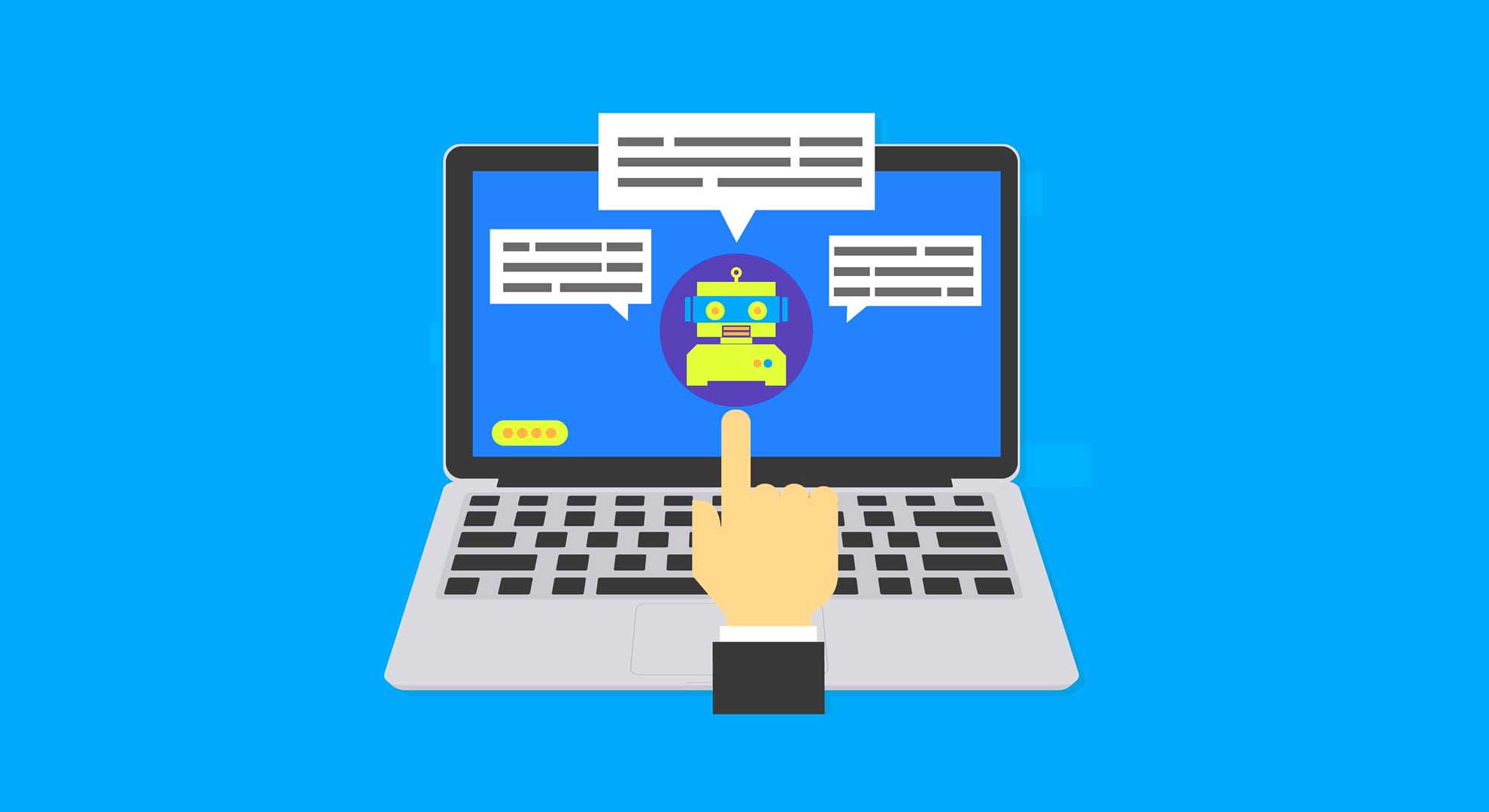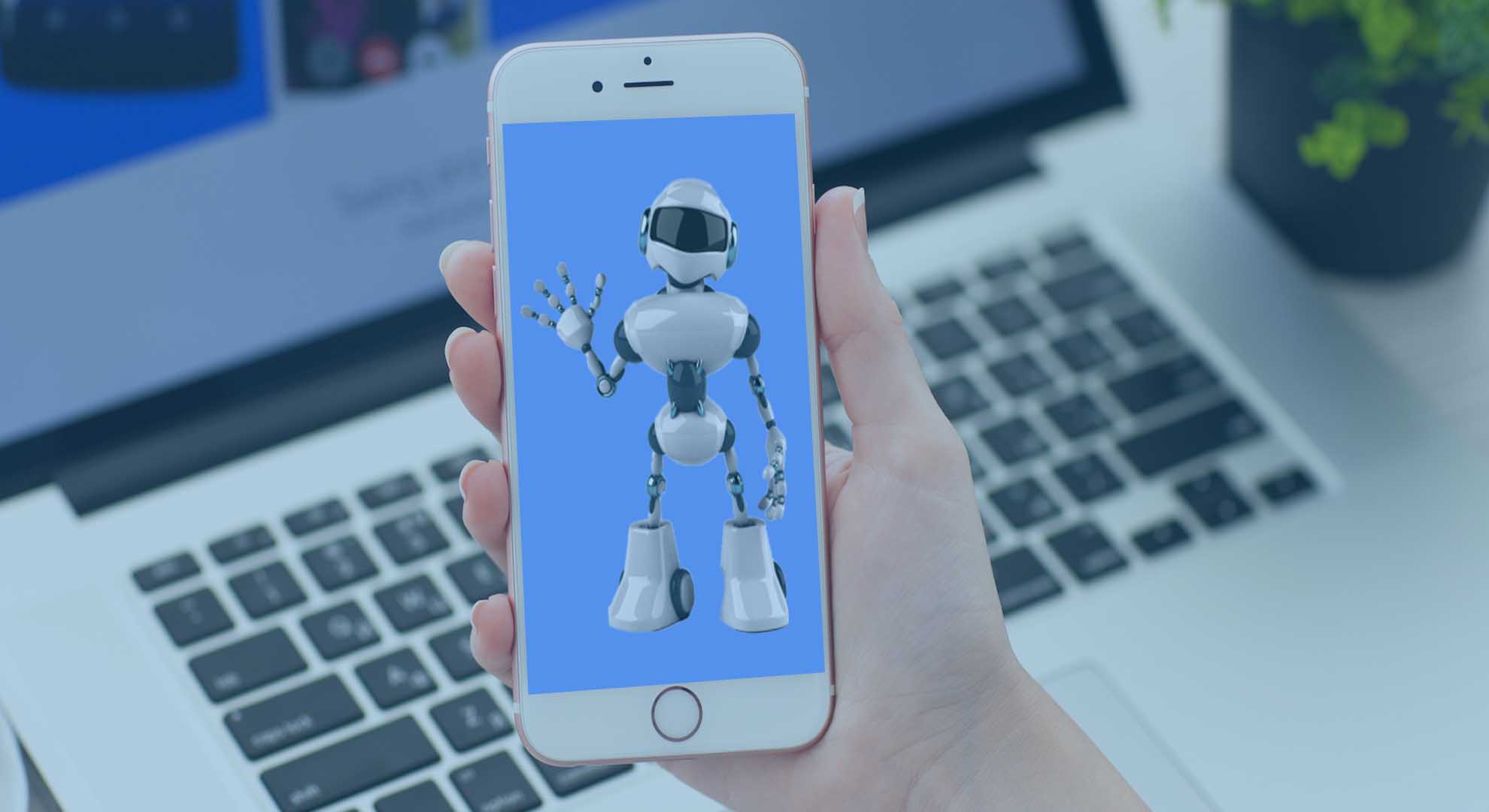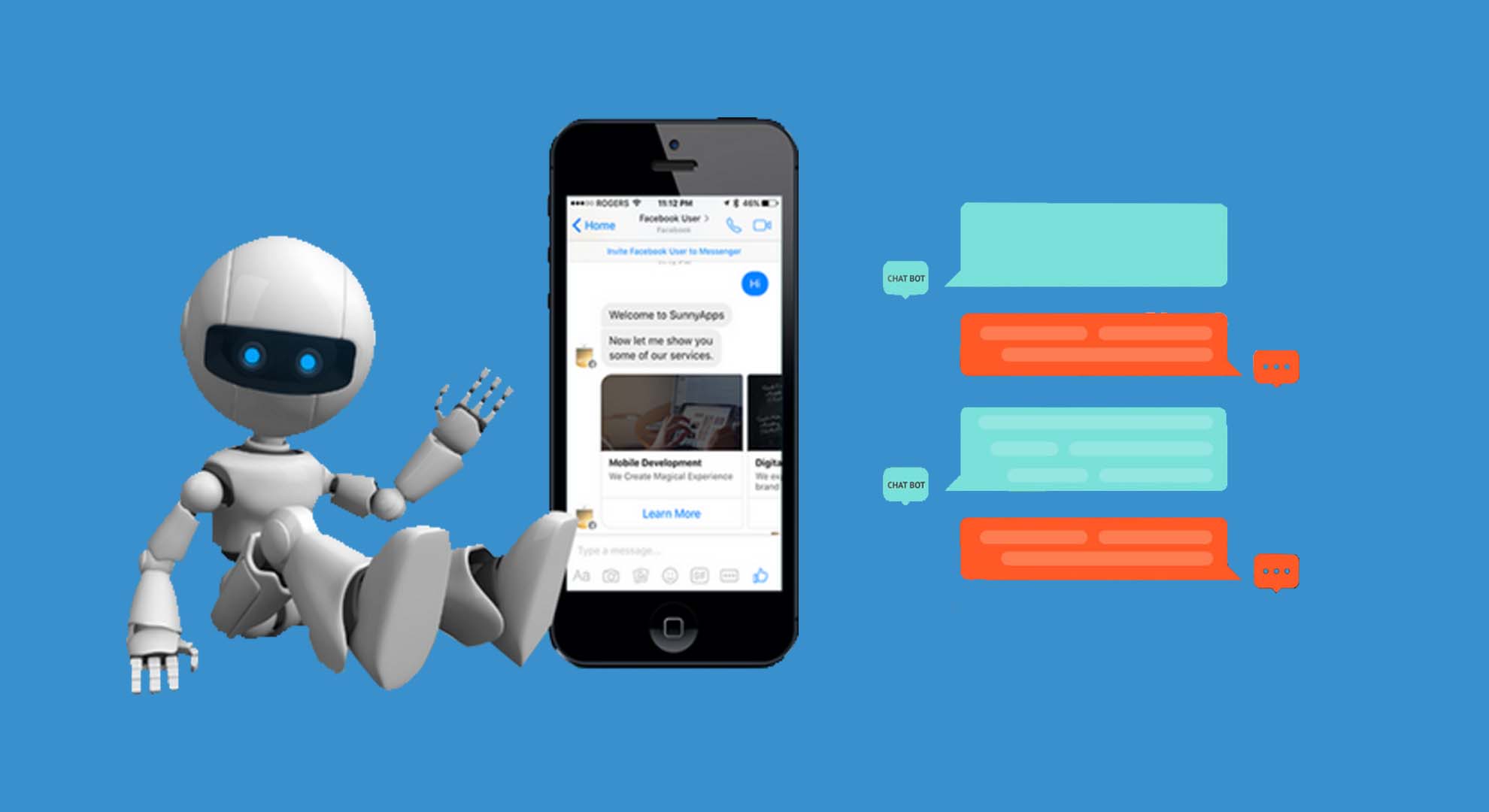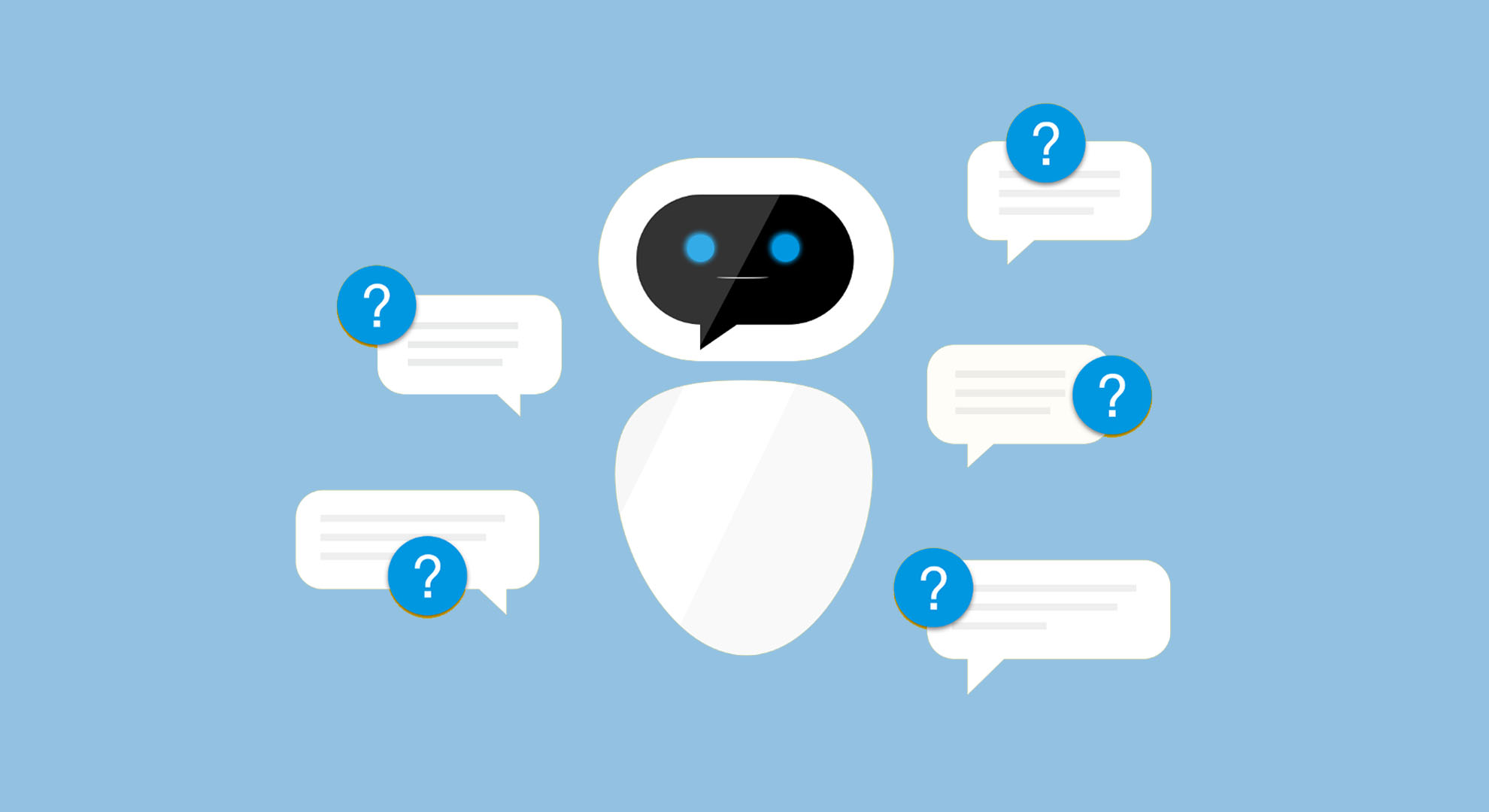Chatbot technology is gaining hype day in and day out. However, it isn’t been adopted as largely as it would have been. Probably, the reason behind is that a number of people do not recognize the potential of chatbot.
People are shifting more towards chatbots instead of the mobile app. The reason is that they are not willing to sacrifice extra space on their mobile or make a quick short transaction, which might consume time. It, therefore, needs of the time to adopt chatbot as a means to offer quick communication channel whether it be related to customer support, paying for the products/services, or any personal queries.
Have a look at some of the statistics to find how chatbots will impact the future in terms of communication and customer service.
- 35% of consumers want to see more companies using chatbots.
- 95% of consumers believe ‘customer service’ is going to be the major beneficiary of chatbots (Mindbrowser, 2017)
- 27% of consumers predict they would buy a basic item through a chatbot. (Drift, 2018)
- 40% of consumers do not care whether a chatbot or a real human help them, as long as they are getting the help they need. (HubSpot, 2017)
- 37% of consumers would rather buy items via a company’s Facebook page than their website. (HubSpot, 2017)
From the above statistics, it can be seen that chatbots will be the major disrupter in the coming years. The decision is yours, whether you are going to adopt new technology and automate the processes or rely on outdated methods.
When it comes to implementing chatbot in your business, several factors need to be taken into consideration. Whether you are considering to build a chatbot from scratch or hiring chatbot development company, here are some of the things that must be kept in mind.
Let’s get started.
1. Efficacy of Chatbot in Your Business
First thing first, whether a chatbot is a right match for your business or not. The usefulness is dependent on what value it can drive in terms of business growth, process automation, and customer support.
Tasks assigned to chatbot must be clearly defined. For instance, if the customer wants to search for a particular product at a store, it is important that your chatbot is able to understand the query. Developing chatbots with the perspective of engagement and customer value will enhance the value of your brand and the customer. Make sure that your chatbot is clearly aligned to solve a customer problem, rather than just deploying it without the purpose in mind.
According to the research, 80% of the interactions will be led by chatbot in the next three years.
2. Channels for Chatbot Suitable for Customers
You are running a business and you know what communication channels the target audience mostly uses. For instance, whether they are using WeChat, Facebook Messenger or Slack to communicate directly with your brand.
If you want successful deployment of the chatbot, make sure to channels that are extensively used by the target audience and allow chatbot integration. On the contrary, some channels like WhatsApp do not support chatbot deployment. Asking for downloading an app or registering on the website to use chatbot might result in lower to no response. Think of how you can bring customers to a platform where they can directly converse with the chatbot, without any extra effort.
3. Give Chatbot a Unique Name
The chatbot is growing at a rapid pace. Giving it a unique name that aligns with your chatbot marketing strategy. A number of companies are deploying chatbots, and if your chatbot doesn’t have a name, it might not be remembered or found online. Giving it a unique name will help your customer find and search for it without any hassle.
4. Set the Tone Right
Customers are sensitive when it comes to buying services or products from a store. Your chatbot is the representative of your brand. Make sure that the speaking tone must harmonize with the aesthetics of your brand. The tone should not be too rude or too funny that it may annoy the customer.
The chatbot must be able to identify the mood and tone of the customer. For instance, the sarcastic tone might please some customers from certain regions, but it might not fit with certain demographics that are culturally insensitive.
5. Design and Flow of Conversation
Developing a chatbot that replicates a human conversation is all that you need for a successful chatbot deployment. The chatbot must be well-informed while reflecting your brand voice in such a way that mimics human. Analyzing customer journey and what problems they face will decide the design and flow of conversation. The more you are able to feed the chatbot with right answers, the smother the conversation will be.
6. Scalability and Backend Integration
Designing a chatbot in order to meet the needs of millions of customers and companies worldwide is difficult but not impossible. You must ask some basic questions while going through the planning process such as the expected volume of questions, number of users and type of expected queries.
On the other hand, the backend enterprise system is another important factor to consider. For instance, will the chatbot be able to extract information from the customer account in order to answer questions? Deploying a chatbot is easy but scaling it up and maintaining it requires additional planning and resources.








